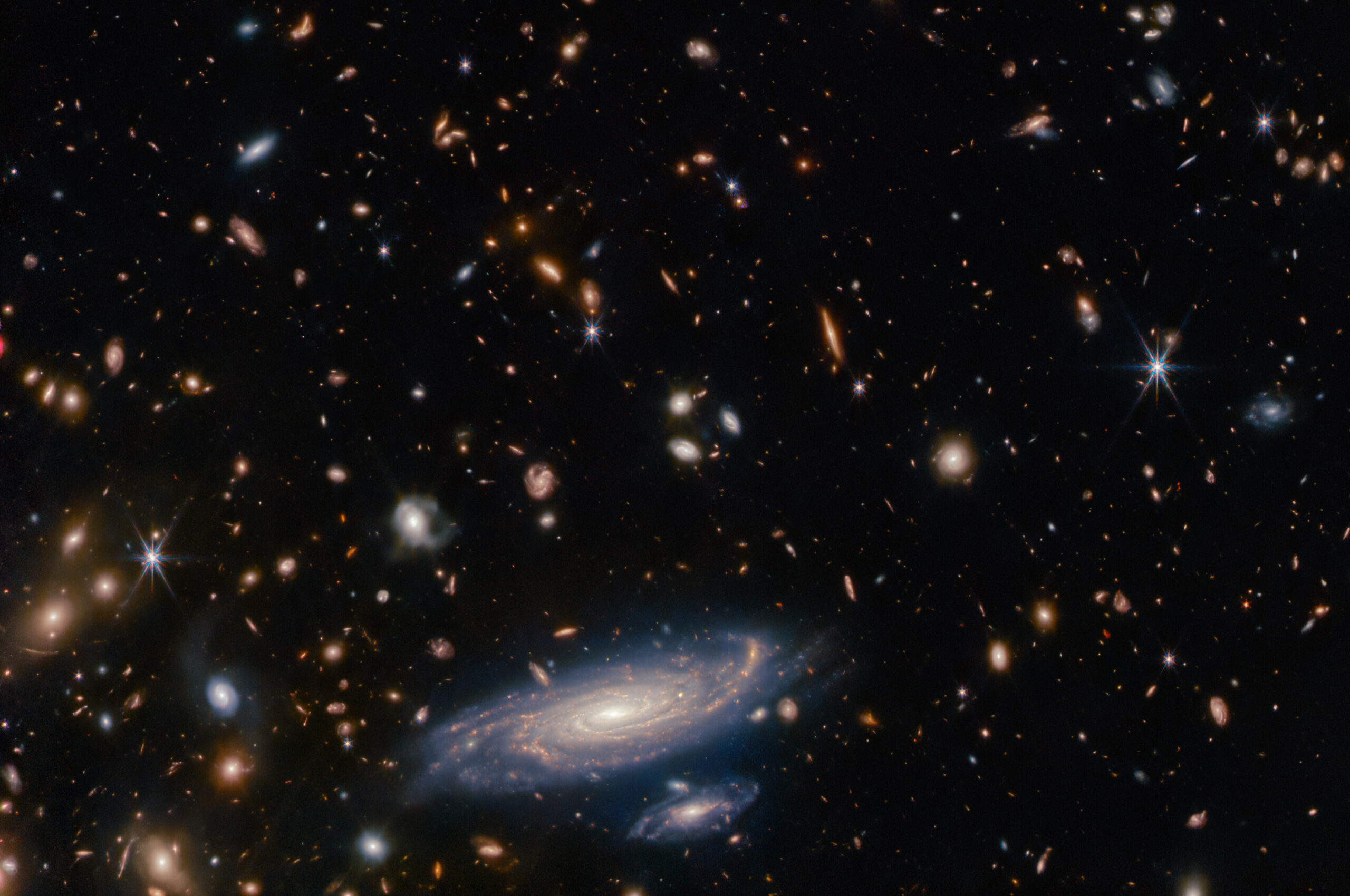Listed are all scientific papers resulting from an ISSI activity written or co-authored by ISSI Team members, Working Group members, Workshop participants, visitors or staff members.
The emission of volatiles from the surface and subsurface of planetary bodies can provide fundamental knowledge concerning their formation, evolution, and structure. There are a variety of physical processes that shape the structural, kinematic and thermal behavior of the released material.
Jupiter’s polar aurorae deliver significant heating at the poles, thought to spread across the planet through atmospheric winds. Additionally, ground‐based Keck observations have revealed a large‐scale high‐temperature region, spatially distinct from the aurorae. Here, we investigate the origins and characteristics of the feature using Keck data, in‐situ Juno spacecraft measurements, and solar wind modeling.
The Lunar Gravitational-wave Antenna (LGWA) is a proposed array of next-generation inertial sensors to monitor the response of the Moon to gravitational waves (GWs). Given the size of the Moon and the expected noise produced by the lunar seismic background, the LGWA would be able to observe GWs from about 1 mHz to 1 Hz.
Common magnetopause models can predict the location of the magnetopause with respect to upstream conditions from different sets of input parameters, including solar-wind pressure and the interplanetary magnetic field. However, recent studies have shown that some effects of upstream conditions may still be poorly understood since deviations between models and in situ observations beyond the expected scatter due to constant magnetopause motion are quite common.
In this study, we aimed to explore whether electron and neutral densities could be simultaneously optimized while keeping the ionosphere‐thermosphere (IT) system self‐consistent. We used ionospheric and thermospheric observations, either alone or together, as constraints to adjust uncertain parameters in a physics‐based model. Our results show that using only one type of observation to constrain the model can inaccurately describe physical processes.
Context. Large-amplitude inversions of the solar wind’s interplanetary magnetic field have long been documented; however, observations from the Parker Solar Probe (PSP) mission have renewed interest in this phenomenon as such features, often termed switchbacks, may constrain both the sources of the solar wind as well as in situ nonlinear dynamics and turbulent heating. Aims.
The substorm growth phase plays a critical role in magnetospheric energy storage through magnetotail plasma sheet thinning and magnetic flux loading, and the study of auroral morphology and structure helps us understand the process of magnetotail energy accumulation and release.
This review explores the timescales of the initial phase of planet formation, from nebular dust (CAIs and chondrules) to planetesimal accretion and differentiation, using evidence from meteorite research. Aluminium-Mg systematics of CAIs indicate either an extended period of CAI formation (∼0.3 Ma) or an initial 26Al heterogeneity, with evidence supporting a homogeneous 26Al abundance in the protoplanetary disk.
To model the structure and dynamics of the heliosphere well enough for high-quality forecasting, it is essential to accurately estimate the global solar magnetic field used as inner boundary condition in solar wind models. However, our understanding of the photospheric magnetic field topology is inherently constrained by the limitation of systematically observing the Sun from only one vantage point, Earth.
Cold plasma distribution in the ionosphere‐plasmasphere system governs wave‐particle interactions, plasma energization and loss, and radio wave propagation. A longstanding observational gap at altitudes ∼ ${sim} $800–8,000 km has largely prevented studying the coupled dynamics of the two regions. Here, we show that observations by JAXA’s Arase mission can bridge this gap.
